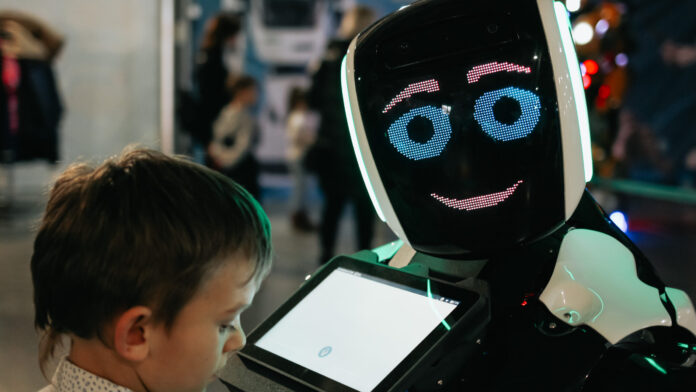Can We Teach Machines to Be Moral?
The speed at which artificial intelligence has developed in recent years is nothing short of extraordinary. From medical diagnostics and financial modelling to autonomous vehicles and digital assistants, AI systems now make decisions that influence millions of lives. As these systems grow in intelligence and autonomy, a new and pressing question has emerged: Can we teach machines to be moral?
At its simplest, morality is the ability to distinguish right from wrong and act upon that understanding. In the human world, this is shaped by experience, culture, religion, education, empathy, and societal norms. Machines, however, do not learn values organically. They learn from data. And therein lies the central challenge: data is not neutral. It reflects human decisions, human history, and human bias. Teaching morality to machines is therefore not
only a technical challenge but a deeply philosophical and social one.
Already, we are seeing real-world situations where the absence of moral reasoning in AI leads to serious consequences. In the judicial system, some countries have trialled AI algorithms to help assess the risk of reoffending when granting bail or parole. These systems, trained on historical data, have shown racial and socioeconomic biases, penalizing marginalized communities. In recruitment, AI tools designed to shortlist job candidates have been found to favour certain genders and backgrounds, reflecting biased data from previous
hiring patterns.
In warfare, autonomous drones with decision-making capabilities raise the disturbing possibility of machines selecting human targets without direct human intervention. In such scenarios, the absence of a moral compass can lead to irreparable harm, even if the algorithm is operating exactly as designed. These examples expose a critical reality: intelligence without ethics is not just incomplete, but potentially dangerous.
The technology sector is not blind to these risks. Leading institutions are investing heavily in AI ethics research. Companies like Google, Microsoft, and IBM have established internal AI ethics boards. Universities have launched cross-disciplinary programs combining computer science with philosophy, law, and sociology. The goal is to find ways to embed ethical considerations into the design and deployment of AI systems.
However, attempts to formalize machine ethics face complex hurdles. One issue is defining universal values. In a multicultural, multi-faith world, what is considered moral in one culture may be controversial in another. Can a single machine behave morally in all contexts? Or must machines be culturally adaptive in their ethical reasoning?
Another challenge is translating abstract ethical principles into code. Unlike simple yes-or-no decisions, moral dilemmas often involve trade-offs. Consider the famous “trolley problem” in ethics. Should an autonomous vehicle choose to save its passengers or pedestrians in a no-win crash scenario? What if age, profession, or nationality are factors? Programming morality into a machine means making ethical decisions on behalf of society—decisions that are not
easily agreed upon.
In response, some developers are working on value-alignment models that aim to ensure AI systems behave in ways consistent with human intentions. Others are developing explainable AI tools to make machine decisions more transparent and contestable. These are valuable steps, but they are not substitutes for meaningful oversight. Without robust regulation, ethical
guidelines risk becoming corporate marketing tools rather than enforceable safeguards.
Globally, policymakers are beginning to step in. The European Union’s AI Act, currently in development, seeks to classify AI applications by risk level and enforce stronger rules on high-risk systems. The UNESCO Recommendation on the Ethics of Artificial Intelligence, adopted by 193 countries including Sri Lanka, provides a framework for ethical design and deployment. But enforcement remains uneven, and developing countries face capacity gaps
in regulating this fast-moving domain.
For Sri Lanka and similar nations, the conversation around ethical AI is still in its infancy. Yet this is precisely the time to act. As local industries, healthcare providers, and government agencies begin adopting AI tools, it is vital to embed ethical principles from the start. Waiting until systems are mature—or until harm has occurred—may prove too late.
Education is key. Future engineers, designers, and policy leaders must be trained not only in algorithms and machine learning but also in ethics, social impact, and critical thinking. Public discourse on the risks and responsibilities of AI must be encouraged. Partnerships with global AI governance bodies can provide both knowledge and support to ensure local systems are
built with fairness and accountability.
Ultimately, we must recognize that AI is not a detached, mechanical force. It reflects the values of those who build and train it. Teaching machines to be moral is not about making them human. It is about ensuring they do not amplify our worst instincts while failing to capture our best. The future of AI may depend not just on what machines can do, but on what we, as a society, choose to teach them.




